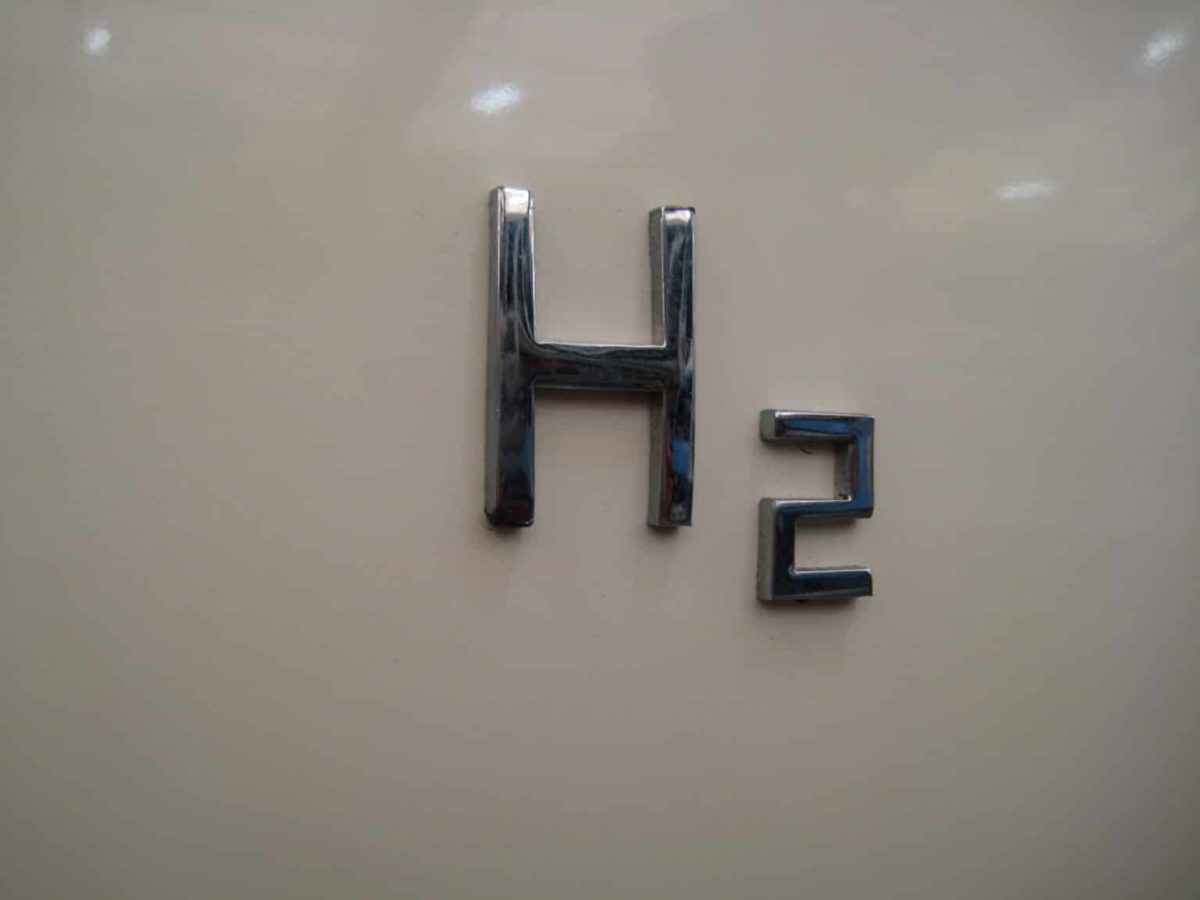Researchers from the Indian Institute of Technology, Kanpur, and the National Institute of Technology, Srinagar, have shown boron-doped reduced graphene oxide (B-rGO) decorated with Ni nanoparticles as a promising candidate for onboard hydrogen storage.
Hydrogen can be stored as a compressed gas at high pressure, liquid at cryogenic temperatures, and solid in materials. The conventional methods are energy-intensive and a considerable amount of energy is lost while compressing or liquefying the gas.
So, from a cost and safety perspective, solid-state hydrogen storage is preferred over conventional storage methods. Here, hydrogen can be stored as an atom or a molecule by forming a covalent/ionic or Van der Waals bond with the host material. However, it is vital to find a material that can store hydrogen at moderate operating conditions along with good cyclability and faster kinetics.
Graphene oxide (GO) based derivatives have been explored for solid-state hydrogen storage, owing to their high surface area, low density, and tunable pore size. However, under ambient conditions as desired for transport applications, their storage capacity is poor.
The researchers sought to achieve an enhanced storage capacity at moderate temperatures and intermediate pressures as expected for transport application via the storage of molecular and atomic forms of hydrogen by invoking the spillover mechanism. An additional goal was to avoid the use of costly metals like Pd and Pt.
The researchers sought to store both atomic and molecular forms of hydrogen in the Ni nanoparticle dispersed, boron-doped reduced graphene oxide (Ni-B-rGO) sample. Boron doping improves the properties of high surface area reduced graphene oxide (rGO). The addition of highly dispersed catalyst nanoparticles of Ni not only helps in improving the storage capacity by invoking a spillover mechanism but also provides shorter diffusion paths for the dissociated atoms to the material interior.
The researchers synthesized graphene oxide-based hybrids, namely, boron-doped reduced graphene oxide (B-rGO) and Ni nanoparticle dispersed B-rGO (Ni-B-rGO), via freeze drying and hydrothermal route.
The samples were characterized for their hydrogen storage capacity at three temperatures (77 K, 273 K, and 298 K) and 20 bar H2 pressure. The B-rGO sample showed a promising storage capacity of ∼0.24 wt.% at 298 K, which increased to ∼0.58 wt.% at 273 K; and further increased to 8.2 wt.% at 77 K. The storage capacity of the Ni-B-rGO hybrid at the three temperatures (77 K, 273 K, and 298 K) was 6.9 wt.%, 0.41 wt.%, and 0.16 wt.%, respectively.
The researchers said the addition of Ni (in the Ni-B-rGO sample) increased the amount stored by the spillover mechanism; however, the wt.% of hydrogen stored decreased due to the additional weight of Ni. This effect observed at 273 K persisted at 298 K also and hence despite a higher amount of hydrogen stored (as H2 and H) the wt.% dropped. The beneficial effect of Ni (on the net storage) arises due to its catalytic effect in breaking down H2 to 2H; which enables a stronger bonding of hydrogen atoms with the rGO surface.
“These results are the best so far reported at the given temperatures and pressures for non-Pd-based systems,” stated the researchers.
This content is protected by copyright and may not be reused. If you want to cooperate with us and would like to reuse some of our content, please contact: editors@pv-magazine.com.









By submitting this form you agree to pv magazine using your data for the purposes of publishing your comment.
Your personal data will only be disclosed or otherwise transmitted to third parties for the purposes of spam filtering or if this is necessary for technical maintenance of the website. Any other transfer to third parties will not take place unless this is justified on the basis of applicable data protection regulations or if pv magazine is legally obliged to do so.
You may revoke this consent at any time with effect for the future, in which case your personal data will be deleted immediately. Otherwise, your data will be deleted if pv magazine has processed your request or the purpose of data storage is fulfilled.
Further information on data privacy can be found in our Data Protection Policy.